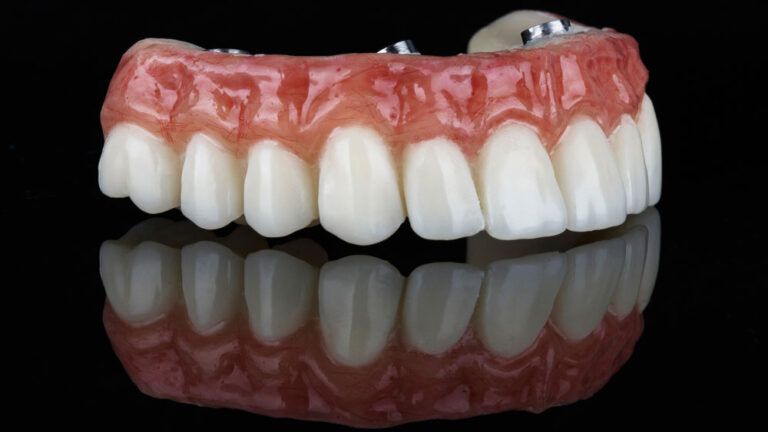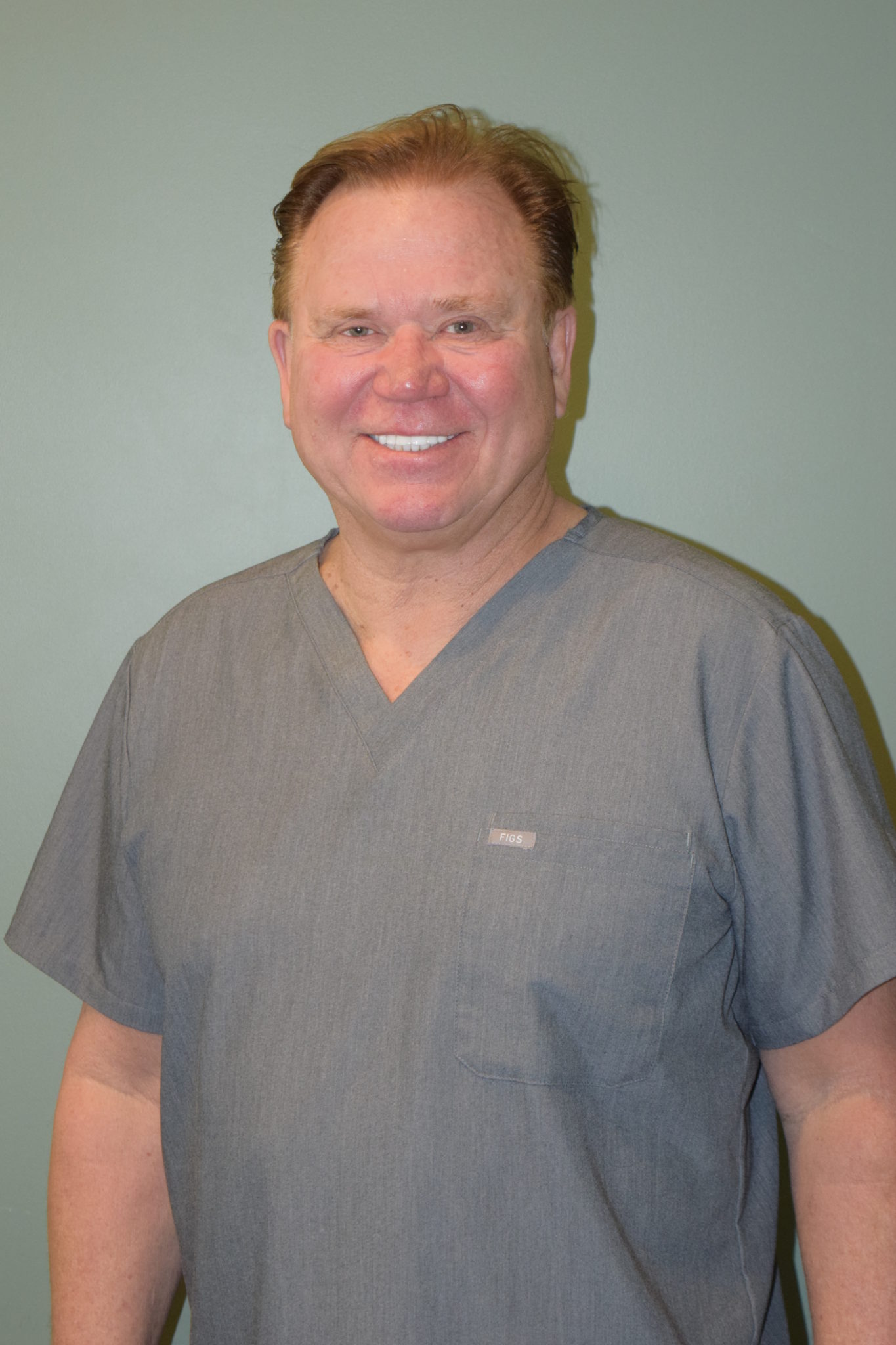Temporary Crowns: Why Are They Used and For How Long?

At Sunset Dental Group in Santa Ana, CA, patients often have questions about the role of temporary crowns during dental treatments. Temporary crowns serve an essential purpose in restorative dentistry, acting as a crucial step between the preparation of a tooth and the placement of a permanent crown. Understanding why temporary crowns are used and how long they can be worn helps patients appreciate their importance in protecting dental health and ensuring the success of the final restoration.
The Purpose of Temporary Crowns
Temporary crowns act as protective caps placed on a tooth after it has been shaped to receive a permanent crown. When a dentist prepares a tooth, they remove damaged or decayed portions and shape it to fit a custom-made crown. Since the permanent crown often requires lab work and can take several weeks to fabricate, a temporary crown is placed to shield the prepared tooth during this interim period.
The primary function of a temporary crown is to protect the exposed tooth and maintain its position in the mouth. Without a temporary crown, the tooth would be vulnerable to sensitivity, bacterial infection, or damage due to chewing forces. Temporary crowns also help preserve the patient’s bite alignment by preventing neighboring teeth from shifting, which is essential for the proper fit of the permanent crown.
Another important reason for using temporary crowns is to provide patients with a functional tooth that allows normal speaking and eating. Even though these crowns are not as durable as permanent ones, they restore a level of comfort and aesthetics during the waiting period.
Materials and Fit of Temporary Crowns
Temporary crowns are typically made from acrylic or composite resins, materials that are easier to mold and adjust chairside. These materials are designed to be durable enough to last for several weeks but are not meant to withstand long-term wear. Because of their temporary nature, these crowns may not have the perfect fit or finish compared to permanent crowns, but they fulfill the protective and functional roles needed.
The dentist carefully fits the temporary crown to ensure it is secure and comfortable. It is usually cemented with a temporary adhesive, which allows for easy removal when it is time to place the permanent crown. The temporary cement is weaker than permanent cement to avoid damaging the tooth or the crown during the transition.
Although temporary crowns may not look as natural as permanent ones, their shape and color can be matched fairly well to blend with the surrounding teeth. This helps patients feel confident about their smile even before the final crown is placed.
How Long Can Temporary Crowns Be Worn?
Temporary crowns are designed for short-term use, typically lasting between two to three weeks. This timeframe usually aligns with the laboratory process required to fabricate a permanent crown. However, in some cases, temporary crowns may be worn for up to several months, especially when additional dental work or healing is needed before the permanent restoration can be placed.
The exact duration depends on several factors including the complexity of the dental case, the patient’s oral hygiene, and how well the temporary crown holds up to daily wear. Because temporary crowns are made from less durable materials and attached with temporary cement, they are more prone to loosening, chipping, or coming off compared to permanent crowns.
It’s important for patients to follow their dentist’s care instructions during this period to avoid damaging the temporary crown. Avoiding sticky or hard foods, practicing good oral hygiene, and reporting any discomfort or crown dislodgement promptly can help ensure the temporary crown lasts as long as needed.
If a temporary crown is lost or damaged, it is crucial to contact the dentist immediately. Wearing the temporary crown for too long beyond its intended duration can lead to complications such as tooth sensitivity, infection, or changes in tooth position, which may affect the fit of the permanent crown.
Caring for Your Temporary Crown
Proper care of a temporary crown can significantly affect how well it functions and how long it lasts. While the crown protects the tooth, it is not as strong as the permanent option and requires some special attention.
Patients should avoid chewing gum, hard candies, or sticky foods that can dislodge or break the temporary crown. Using a gentle brushing technique around the crown helps keep it clean without loosening the temporary cement. Flossing should be done carefully—sliding the floss out rather than snapping it to prevent pulling off the crown.
In addition to food restrictions and gentle cleaning, it’s important to monitor the crown for any signs of looseness, sensitivity, or discomfort. These symptoms may indicate the need for an adjustment or replacement of the temporary crown before the permanent crown can be placed.
Understanding the importance of the temporary crown helps patients stay vigilant about their oral care and avoid potential complications during this transitional phase of dental treatment.
Conclusion
Temporary crowns play a vital role in protecting and maintaining dental health between tooth preparation and permanent crown placement. They shield the tooth from damage, preserve bite alignment, and restore function and aesthetics temporarily. While typically worn for two to three weeks, temporary crowns require careful maintenance to last their intended duration. For patients in Santa Ana, CA, learning about temporary crowns from experts like Dr. Amanda and Dr. Jerry Kronquist at Sunset Dental Group provides valuable insight into the dental restoration process and helps ensure a smooth path to a lasting, healthy smile.
Resources
McLaughlin, K. A., & Nolen-Hoeksema, S. (2011). Rumination as a Transdiagnostic Factor in Depression and Anxiety. Behavior Research and Therapy.
Mjor, I. A., & Toffenetti, F. (2000). Secondary caries: A literature review with case reports. Quintessence International.
Powers, J. M., & Sakaguchi, R. L. (2017). Craig’s Restorative Dental Materials. Elsevier Health Sciences.

Recent Comments